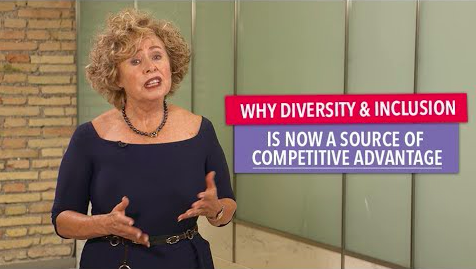
Recently a Symmetra post commented on “The Great Resignation” – a flood of employees leaving to seek greener pastures as the pandemic starts to ease. So how can organisations counteract this outflow which is clearly a result of long built-up dissatisfaction and disillusionment?
What is it about an organisation which makes employees engaged, committed, loyal and excited? The view which has gained great currency of late is that “a sense of purpose“ is the bedrock upon which an inclusive and engaged culture can be built. However eminent professors, Cross, Edmondson and Murphy, following a decade of research have just revealed unequivocally that this premise is misconceived.
For example, they found, contrary to all expectations, that a cancer hospital treating the world’s most devastating cancers and which should have imbued all with an enviable sense of purpose was beset by low morale and fear and consequently, high worker turnover. In stark contrast, a retail chain with stores across the globe had a notably higher spirit of camaraderie amongst staff, generally more energised and enthusiastic employees, and very satisfied customers. What this demonstrates is that purpose is important but should not be the starting point. The primary concern and drive of leaders should be to build trust and safety.
Crucially, employees will respond if they are able to trust their leaders and colleagues in three areas: trust that people will act in the interests of others, not only themselves; trust that people will be consistent in word and deed; trust that people have the competencies they claim for themselves. Once trust is established, two latter elements can be brought into the mix: purpose-instilling behaviours and energy-generating behaviours.
Leaders who are adept at leading inclusively will certainly understand the priority order of these factors to generate the best and most sustainable results.







